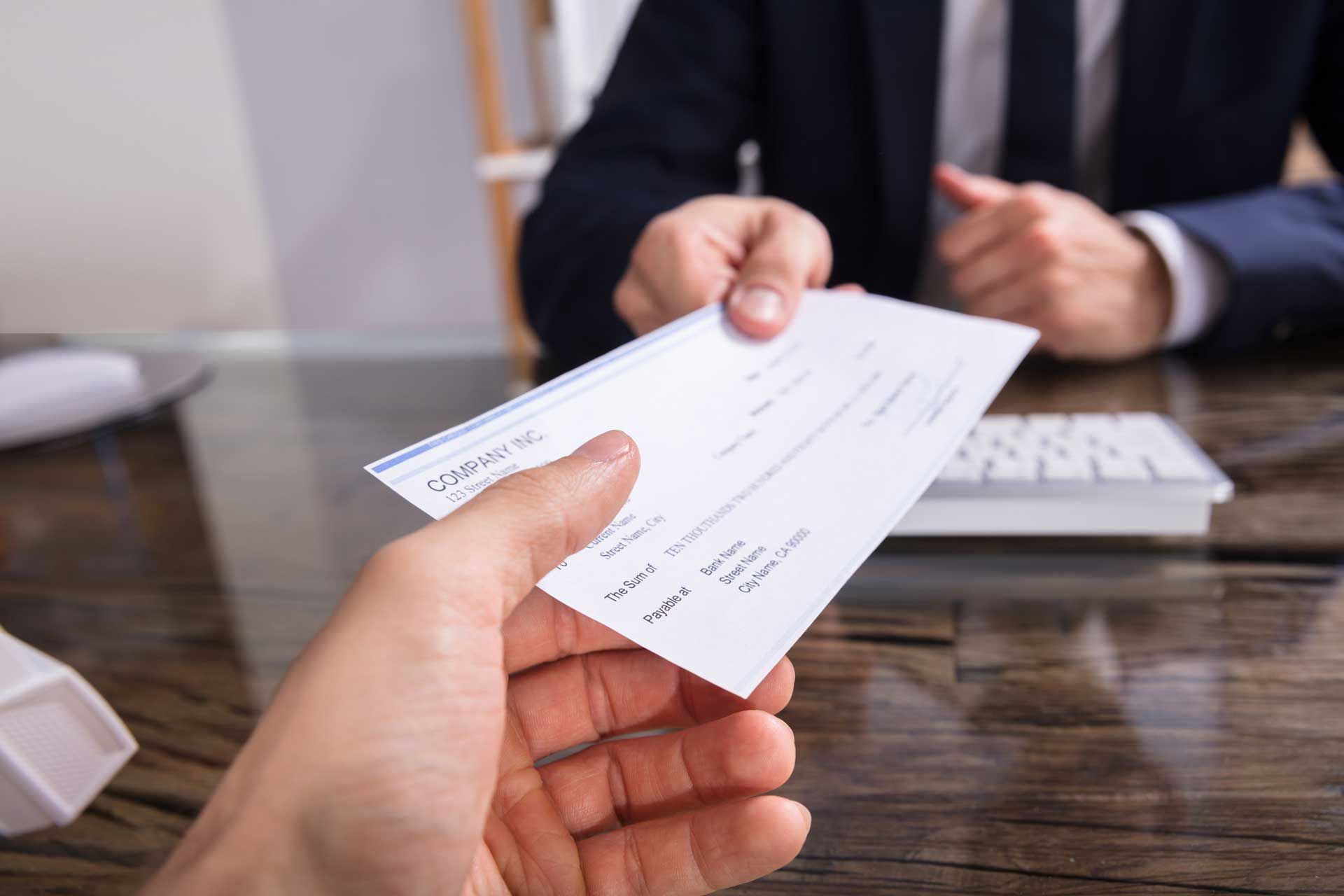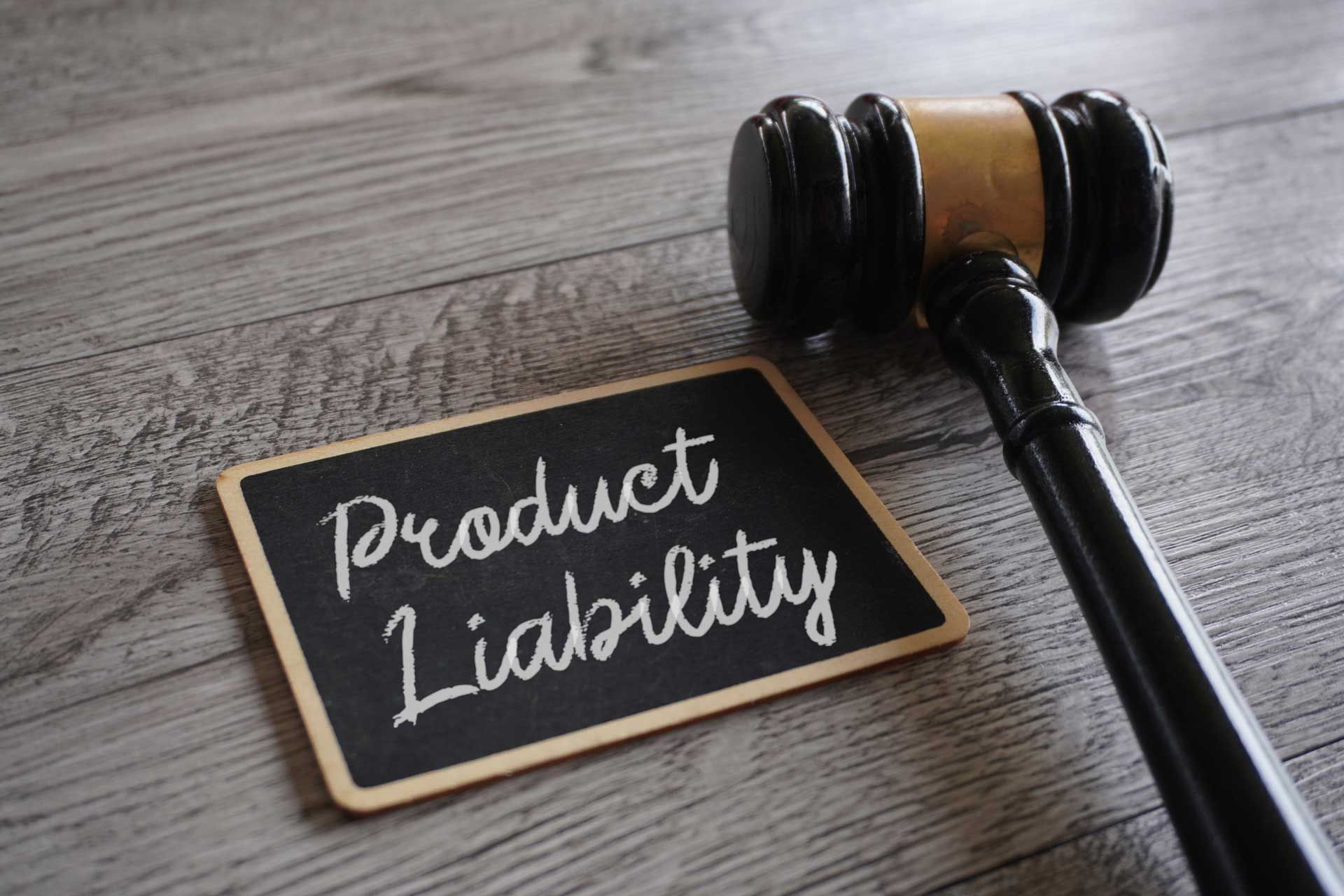Why Business Valuations Arrive at Different Values for the Same Company
Every investor, business owner, and potential buyer understands how tricky valuing a business can be. The heart of this challenge surrounds two key variables: 1) the earnings of the business, projected over time in the future, and 2) the risk associated with buying the stream of earnings of a business, as calculated based on a discount rate.
To the current owner of the business, the arithmetic is very simple. He is solving for the amount he wants to get when he sells the business by using his present estimated earnings multiplied by an industry-accepted multiple of earnings to come up with a sales price valuation for the company.
So, for example, he may be estimating his current year’s cash flow based earnings at $800,000. He then applies the multiple he’s heard or read that other businesses in his space have received in the recent past. Let’s say that number is in the range of 5-8, and he’s convinced the halfway point between them, 6.5 is a good compromise. Voila! His business is worth $5,200,000 ($800,000 * 6.5). Now if he can just find the buyer who will pay him that amount for the business, everyone will be happy.
It just happens there is at least one searcher out there looking to buy a business that is much like the seller’s. He’s looking for stable, growing earnings, long-term, renewing contracts as receivables, and a seller who is ready to exit. The buyer’s goal is to get into this business for a long time horizon (10-20 years). In terms of what the parties are looking for, these guys are a good match.
To the buyer, however, the arithmetic is a bit different. He sees a company that reports $250,000 a year, consistently, on its tax returns, operating in an industry with sales multiples of 4-6 times average annualized earnings over a period of years. He knows there are some reasonable adjustments to be made to the cash flow of the business to account for certain expenses that fall outside the ordinary and necessary realm of the business’s operations.
But when he looks at industry standards and averages of companies this size in terms of add-backs to net income, he doubts if there can be more than another $250,000 in sustainable net cash flow, over and above what is reported on the seller’s returns. This, the buyer concludes he is looking at a company with sustainable earnings of no more than $500,000, with a reasonable multiple to apply to those earnings of five times, and concludes he should pay $2,500,000 or less if he is to buy the company.
So we have two interested parties who are a long way apart from where they would be willing to meet and make a deal. $5,200,000-$2,500,000 =$2,700,000 to be exact. Can they get together on a price? It’s possible, and part of it depends on how motivated each of them is, as well as how the deal will be financed.¹
But it wouldn’t hurt either of them to have a certified valuation professional look more closely and help either or both sides determine the price the deal should really be closed on. Take this all a step further. What if we’re not looking at the issue of a willing buyer or seller, but rather what if this is a business owned by someone in the middle of a divorce? How would that impact the value?
Or what if the business was part of a much larger estate, which was comprised largely of substantial tracts of valuable real estate, about to be passed, at least in part, to the living descendants of the owner? What would the valuation for tax purposes look like?
There are other examples where different conclusions of the value of the company may come into play as well: bankruptcy, liquidation, taking a company public or choosing to market the company to investors through a private offering.
You might want to assume that a company has one value on any given day and that is what it is worth. But that’s probably a bit of a short-sighted conclusion. When you consider all of the different possibilities and reasons for a valuation, perhaps you can see how what the company is worth on a given day is truly dependent on why you are valuing the company.
This is counterintuitive to the point that, without deeper thought, it might even seem dishonest. But it’s actually closer to the pinnacle of honesty than vice versa. Granted, there are many values a person could assign that are just wrong and indefensible, but there are several value conclusions that would be correct, depending on the purpose of the valuation.
In our example above, the buyer and the seller came up with two very different values for the company, presumably as of the same date for each. In no way does this mean that the seller’s value was wrong, nor the buyer’s. The higher value was what the seller would assert the company was worth to him on that date. Meanwhile, the buyer would tell you he is calculating what he thinks the company is likely to be worth to him, on the same date.
In other words, the seller is telling the buyer and anyone else in the conversation, what he is prepared to sell the company for – what he believes it is worth, and what you could write him a check for and he would turn over the keys to the company. The buyer, however, is telling you what he is already prepared to pay for the company, not necessarily what he would ultimately be willing to pay.
Both parties may be willing to move from these numbers, and eventually, even agree on a price. If and when they do, then we know the true transaction value of the company, that is the agreed-upon price for that particular transaction, but even that may not be based on the most reasonable conclusion of the fair market value of the company.
What? I’m sure that last sentence is more than a little confusing. But remember, fair market value is a function of what a hypothetical, willing, and reasonable buyer and seller would agree to as the price for the company. This is frequently different (frankly, often a bit less, but could be more) than a transaction price. Just because these two, particular willing parties agree on this price, it doesn’t mean that every willing buyer and seller, nor that any other buyers and sellers would agree on the same price.
It is frequently the case in M&A transactions that when a deal does not work out, the price for which the company ultimately sells will be very different than the price agreed to the first time around. If an actual transaction price reflects fair market value, which actual price is it then? Fair market value, like most forms of valuation, is not dependent on the parties involved. It exists independent from the transaction, and, once the rules of valuation are properly applied, it is also an objective (albeit actually arbitrary in some respects) measure of the value of the company.
Perhaps some analogous examples would be helpful to better illustrate what we’ve explored above. Let’s say, for example, you have a 2015 Corvette, that you would have no intention of letting go for less than $80,000. You’d rather keep it for yourself than sell it for less – or at least that’s what you think when the day begins. The best sources of market value, however, say that in a pure street sale, the car should bring about $70,000.
An IRS agent has been assigned to audit your assets, which is never good news, and she has suggested that because the car has low miles and is in incredible condition, it ought to sell for $90,000. Thankfully for you, you have a Certified Valuation Analyst who is able to counter the IRS, based on some limitations on marketability, liquidity and the fact that the car is actually owned by a club you are just a 40% minority partner in, and informs the IRS she believes the proper value to assign to the car is $50,000.
While you’re showing the car at a show, an interested buyer approaches you. He’s been looking for a deal on the exact model of the car you own, hoping to pay no more than $60,000 to get it. After checking out all of its features and its condition, and knowing you’re not going to let it go cheap, he offers you $68,000. You tell him what you’re prepared to take for it, at which point he counters, and eventually, the two parties agree on a price of $75,000, with the approval of the club owners, of course – done!
So what is the value of the car? The correct answer is always – it depends. But it’s no different with the value of a business. It depends. Interestingly, going back to our car analogy, this issue of value was recently adjudicated for the car in question in a divorce case.
The husband/owner, the same one who wouldn’t part with his precious toy for less than $80,000, had his IRS valuation expert testify that the value he had in the car was right around $50,000. Meanwhile, the wife also had an expert who was more aggressive than the IRS itself and suggested it was worth at least $95,000.
So what value did the court assign to the car? Well, it could have done what a judge in Indiana once did – ask the husband’s attorney which valuation to rely on and then turn around and ask the wife’s attorney whether she wanted half of that in cash or the car. That will keep a valuation expert focusing on what is reasonable.
But in this case, the judge decided to do what is most common, but not universal, in divorce cases and split the valuations down the middle, assigning a value of $72,500, 40% (the husband’s share in the club that owned the car) of which was part of the marital estate. The husband then paid one-half of that amount to the wife, so she received a net amount of $14,500 for 50% of his interest in the car, on top of the other assets she received from the distribution of the marital estate.
Now let’s analyze some comparative data from this hypothetical situation.
In descending order, we have valuations from:
- The wife’s divorce expert - $95,000
- The IRS - $90,000
- The Seller’s ask - $80,000
- The sales price - $75,000
- The court-assigned value - $72,500
- The Blue Book FMV - $70,000
- The Buyer’s opening bid - $68,000, and
- The husband’s divorce expert - $50,000
So let’s talk about these numbers consequentially. First of all, it isn’t necessarily common for the experts on divorcing spouses to be so far apart on valuation numbers. But it is very common for the expert of the spouse who does not possess the property to come up with a somewhat higher value on assets. The wide disparity between those numbers in our example just makes for an easy illustration of the points we’re trying to make.
The wife’s expert could reasonably be expected to be even higher than the IRS’s number since the IRS needs to allow for certain discounts of value for lack of control and lack of liquidity. While a seller might wish to get even more than the IRS or his wife’s expert would assert, his knowledge of the actual market might inform him that he wouldn’t be likely to sell to anyone at those prices.
The actual sales price, of course, was merely the price agreed to by the buyer and seller, but it’s quite interesting, and common as well, that the sales price was just a bit higher than either the court-assigned value or the Blue Book value. What’s the explanation for this?
The most interesting thing about the court-assigned value is that it is so close, and wedged between, the sales price and the Blue Book pricing. Thus, there’s a good sanity check on the court’s work, but it’s a check the court couldn’t perform until the sale actually occurred.
On the other, there is another, less widely used, tool an analyst can use to validate the sanity of these numbers. While there is no general consensus on the psychology and motivations of buyers, there is considerable data that shows it is more likely for an actual, willing buyer and seller to agree on a price that is slightly higher than FMV than it is for the price to be lower than FMV.
Why is that? My own perspective on this question is that the dealmaking instincts of a buyer and seller dictate that the seller already knows what price he will walk away from a deal at, while the buyer is only thinking he is there to make a deal. In other words, there is always more pressure for the buyer to move up in price to keep the deal open than there is downward pressure on the seller who stands ready to walk away and keep what he already has rather than lower his price too much.
Another way of looking at it is to recognize that the buyer will walk away with his money, but nothing to show for it if a deal doesn’t get done, while the seller will drive away in the car he keeps if the deal doesn’t happen.
We’ve taken a fairly extensive walk through the maze of basic valuation concepts in this post, with the goals of helping our readers better understand the need for high-level valuation work and also how many different valuation numbers can be valid and legitimate, as long as the rules for the type of valuation being conducted, are followed.
Whatever questions you have left in mind, please contact Andrew Thompson of
Landmark Valuation Advisors.
¹ This post stops short of trying to explain the process of how a buyer and seller come together on price, if in fact they do. It’s common for either or both to have intermediaries negotiating terms for them until the find a price where it makes sense for them to move ahead with a Letter of Intent and the due diligence process. All of that is subject matter for another day. To simplify, however, for purposes of this post, you might think of the seller having an Asking price and the buyer offering a Bid price.



